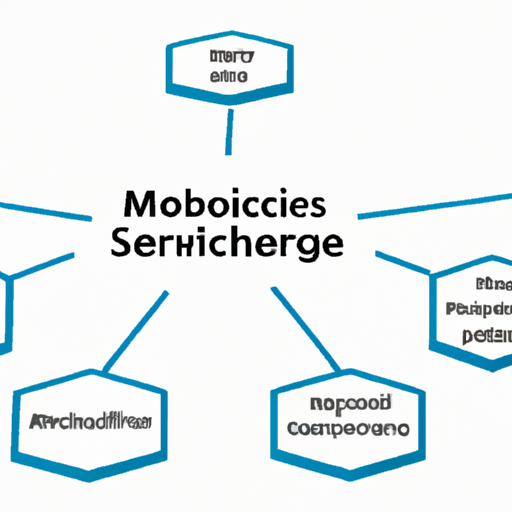In recent years, Microservices architecture has emerged as a transformative approach in software development. It allows developers to build applications as a collection of loosely coupled services, enhancing flexibility and scalability. In this blog post, we will explore the key benefits of microservices and outline essential best practices for successful implementation.
What are Microservices?
Microservices are small, independent services designed to perform specific business functions. Unlike monolithic architectures, where all components are interconnected and interdependent, microservices allow for greater flexibility by enabling each service to operate independently. This architecture is often deployed using containers, which help manage the services efficiently.
Benefits of Microservices Architecture
- Scalability: Each microservice can be scaled independently, allowing organizations to efficiently allocate resources based on demand.
- Flexibility: Developers can use different programming languages, frameworks, or databases within microservices, providing them with the flexibility to choose the best tools for each service.
- Improved Time to Market: Microservices facilitate faster development and deployment cycles, allowing teams to deliver updates without affecting the entire application.
- Resilience: The failure of one microservice does not necessarily compromise the entire application. This leads to increased fault tolerance and easier maintenance.
Best Practices for Implementing Microservices
- Define Clear Service Boundaries: Each microservice should handle a distinct business capability, which simplifies communication and improves organization.
- Implement Automation: Automate deployment, testing, and monitoring processes to enhance the overall efficiency of development teams.
- Emphasize Communication: Use lightweight communication protocols, such as REST or messaging queues, to minimize latency between services.
- Monitor and Log: Implement comprehensive monitoring and logging mechanisms to gain insights into the performance of your microservices and quickly identify issues.
Conclusion
Microservices architecture provides significant advantages over traditional monolithic designs, enabling businesses to innovate rapidly and respond to changing market demands. By adhering to the best practices outlined above, organizations can successfully implement microservices and unlock their full potential.
If you’re considering transitioning to a microservices architecture, don’t hesitate to connect with our team of experts for guidance and best practices tailored to your needs.
Keywords: Microservices, Microservices architecture, software development, benefits of microservices, best practices for microservices.




